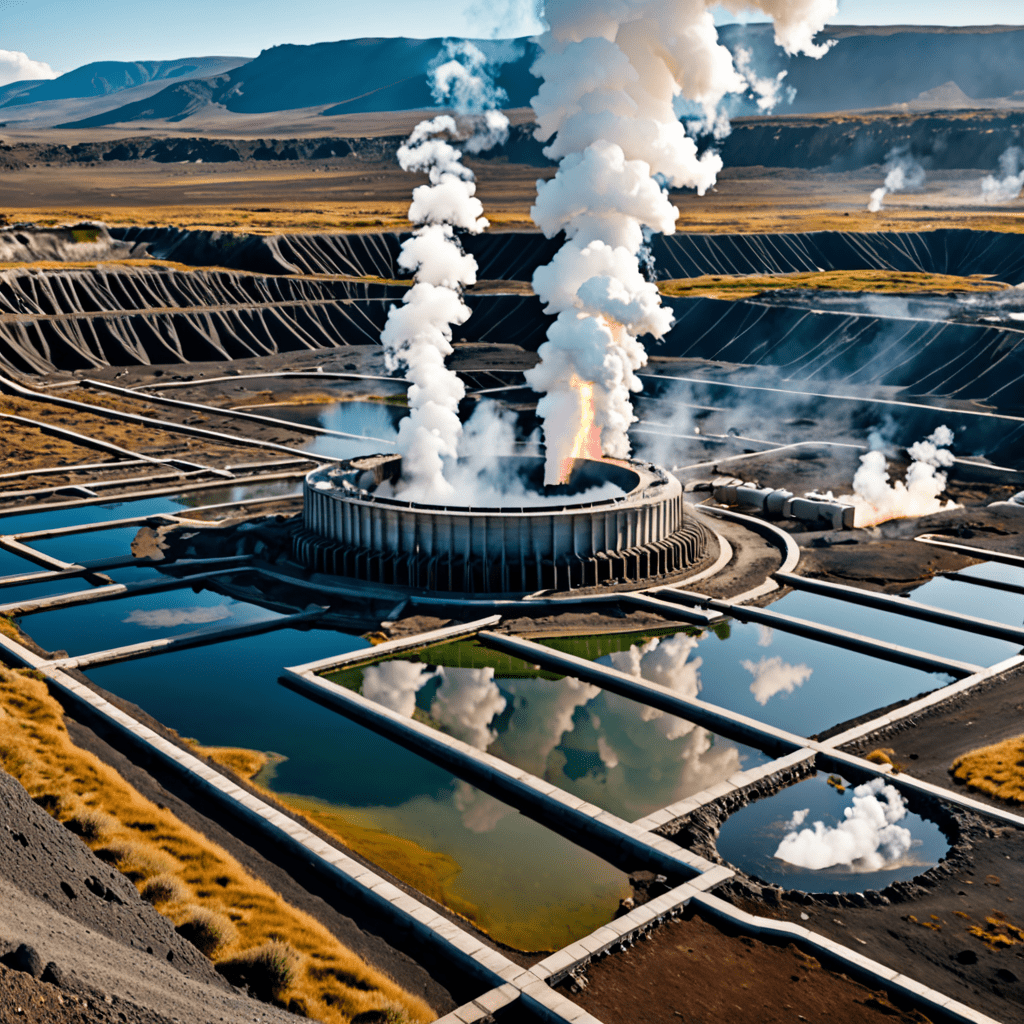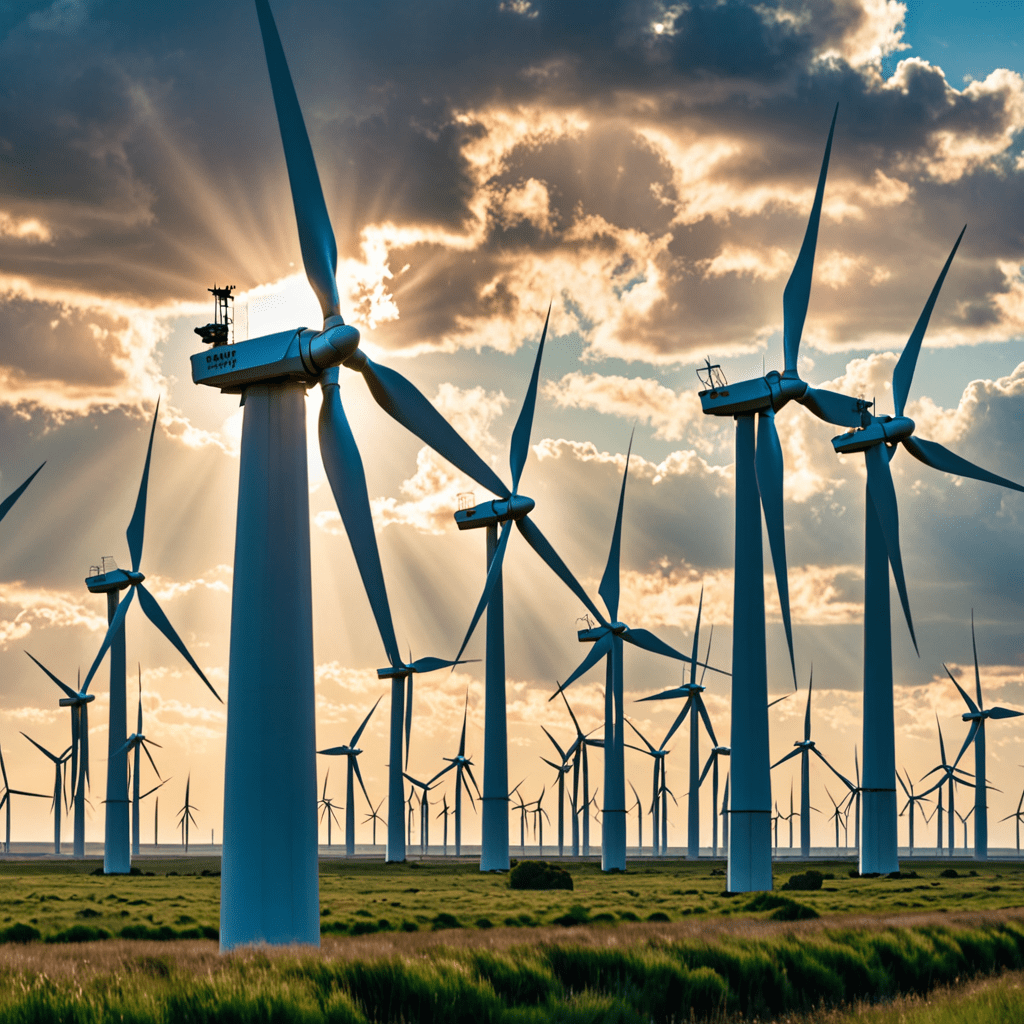Geothermal Energy: Expanding Geographies
Geothermal energy, a sustainable and renewable source of power, is gaining momentum globally. In recent years, the utilization of geothermal energy has expanded to new geographies, opening up exciting possibilities for clean energy production.
The Basics of Geothermal Energy
Geothermal energy harnesses heat from beneath the Earth’s surface to generate electricity and provide heating and cooling for various applications. The Earth’s core generates heat through radioactive decay, which then transfers to the surrounding rock layers.
Benefits of Geothermal Energy
One of the key advantages of geothermal energy is its minimal environmental impact compared to fossil fuels. It is a reliable and constant source of energy, reducing greenhouse gas emissions and decreasing dependency on non-renewable resources.
Traditional Geothermal Regions
Regions like Iceland, the United States, the Philippines, and Italy have long been pioneers in geothermal energy production. These areas benefit from high geothermal gradients and active geological features that make harnessing this energy source more accessible.
Emerging Geothermal Hotspots
As technology advances and investment in renewable energy grows, new geothermal hotspots are emerging. Countries such as Kenya, Indonesia, Mexico, and Turkey are tapping into their geothermal potential and investing in infrastructure to support this clean energy source.
Challenges and Solutions
Despite its benefits, geothermal energy faces challenges such as high upfront costs and the need for specialized drilling technologies. However, ongoing research and development aim to make geothermal energy more cost-effective and efficient, paving the way for widespread adoption.
The Future of Geothermal Energy
As the world shifts towards sustainable energy practices, geothermal energy is set to play a crucial role in the global energy mix. Expanding geographies for geothermal exploration and production will not only reduce carbon emissions but also create new opportunities for economic growth and energy security.
Frequently Asked Questions about Geothermal Energy: Expanding Geographies
What is geothermal energy?
Geothermal energy is heat energy derived from beneath the Earth’s surface. It can be harnessed for various uses, including generating electricity and heating buildings.
How does geothermal energy work?
Geothermal energy works by utilizing the heat stored beneath the Earth’s surface. This heat can be accessed through wells drilled into geothermal reservoirs. The steam or hot water extracted is used to generate electricity or provide direct heating.
What are geothermal power plants?
Geothermal power plants are facilities that convert geothermal energy into electricity. There are several types of geothermal power plants, including dry steam plants, flash steam plants, and binary cycle plants.
How is geothermal energy expanding geographies?
Geothermal energy is gaining traction in different regions worldwide, expanding its geographic reach. This expansion is facilitated by advancements in technology, increased investment, and growing awareness of the benefits of renewable energy sources.
What are the benefits of geothermal energy expansion?
The expansion of geothermal energy offers numerous benefits, including reduced greenhouse gas emissions, energy security, job creation, and economic growth in regions that harness this renewable energy source.
Are there any challenges to the expansion of geothermal energy?
While geothermal energy presents many advantages



